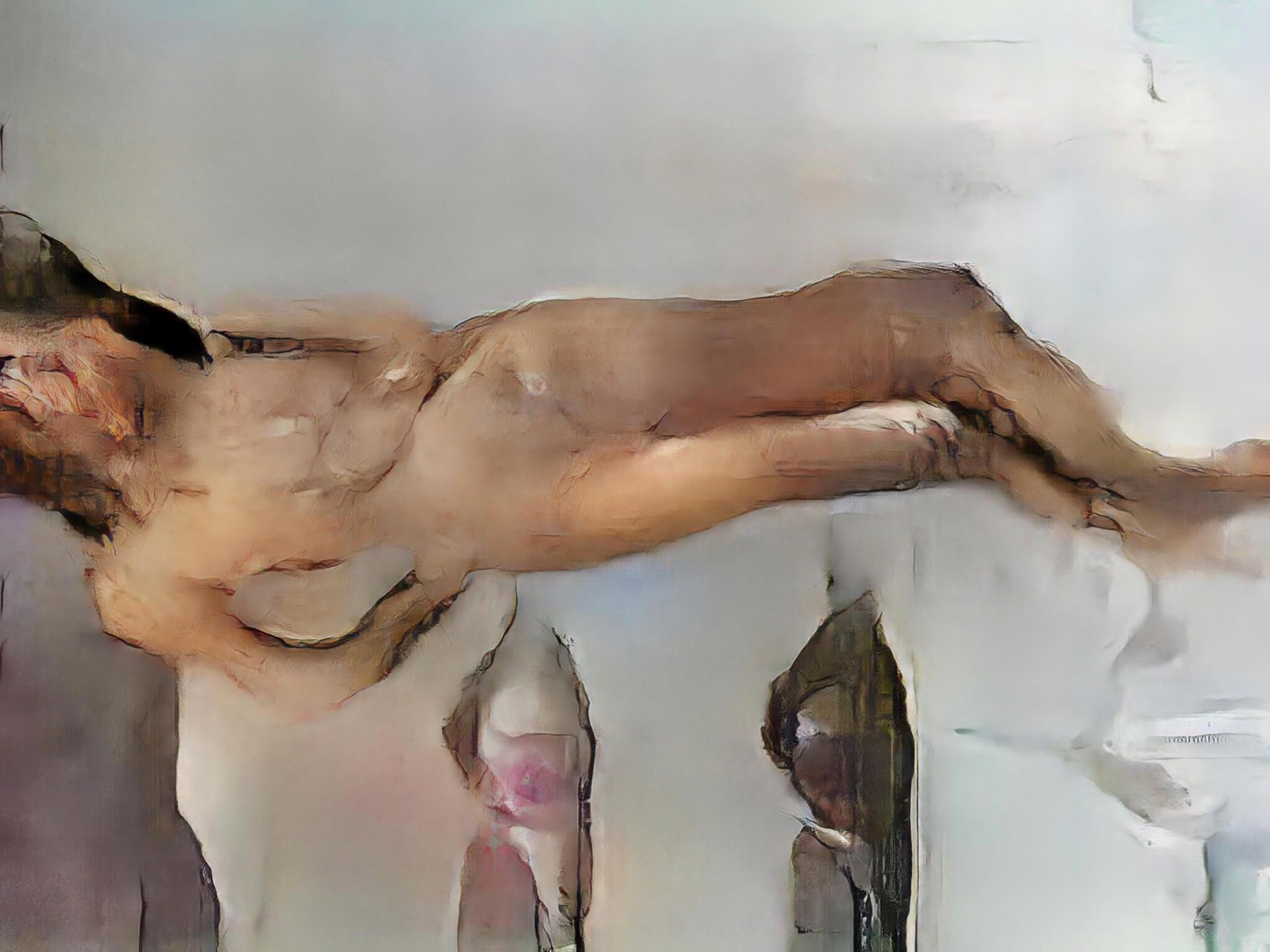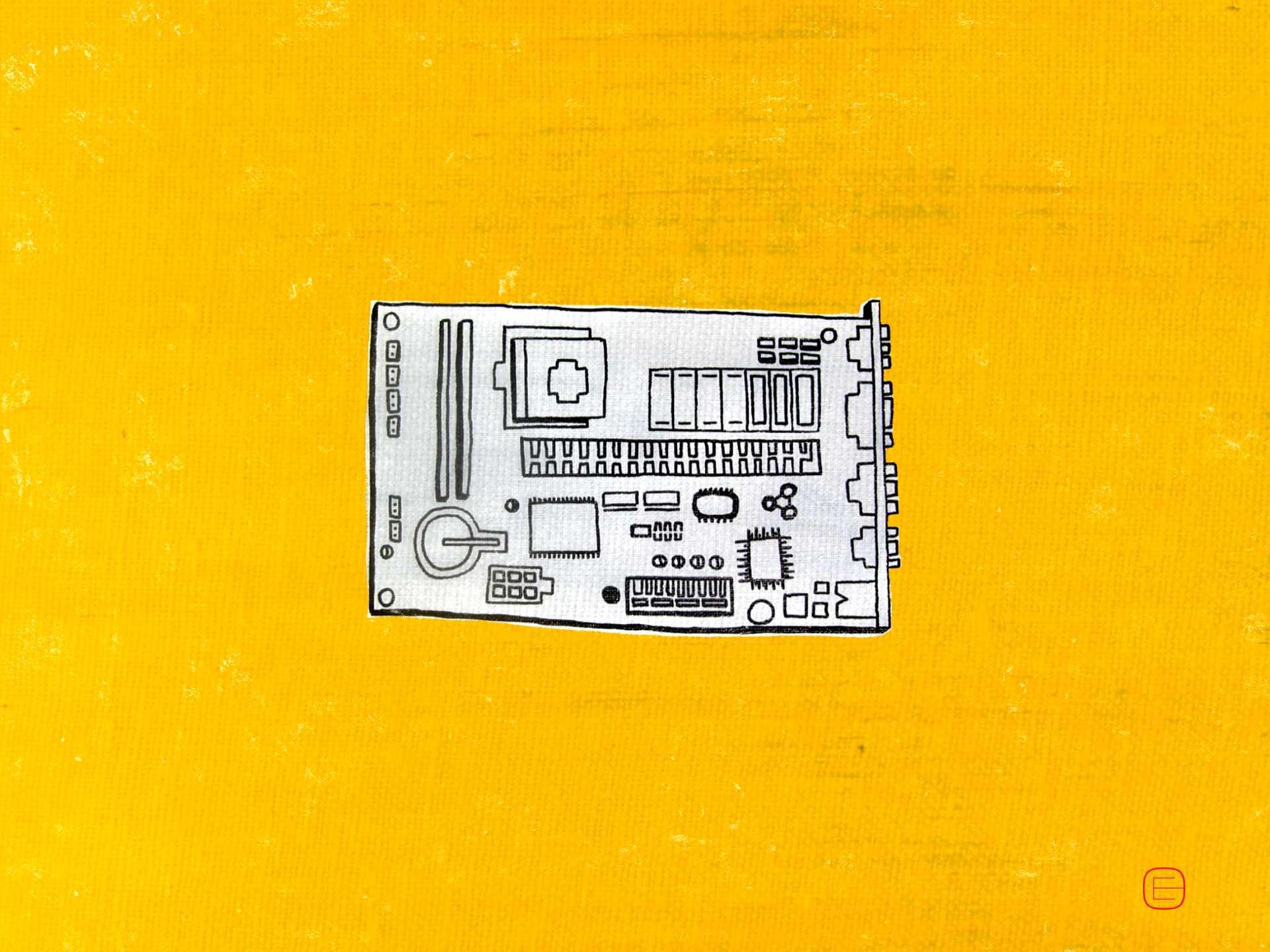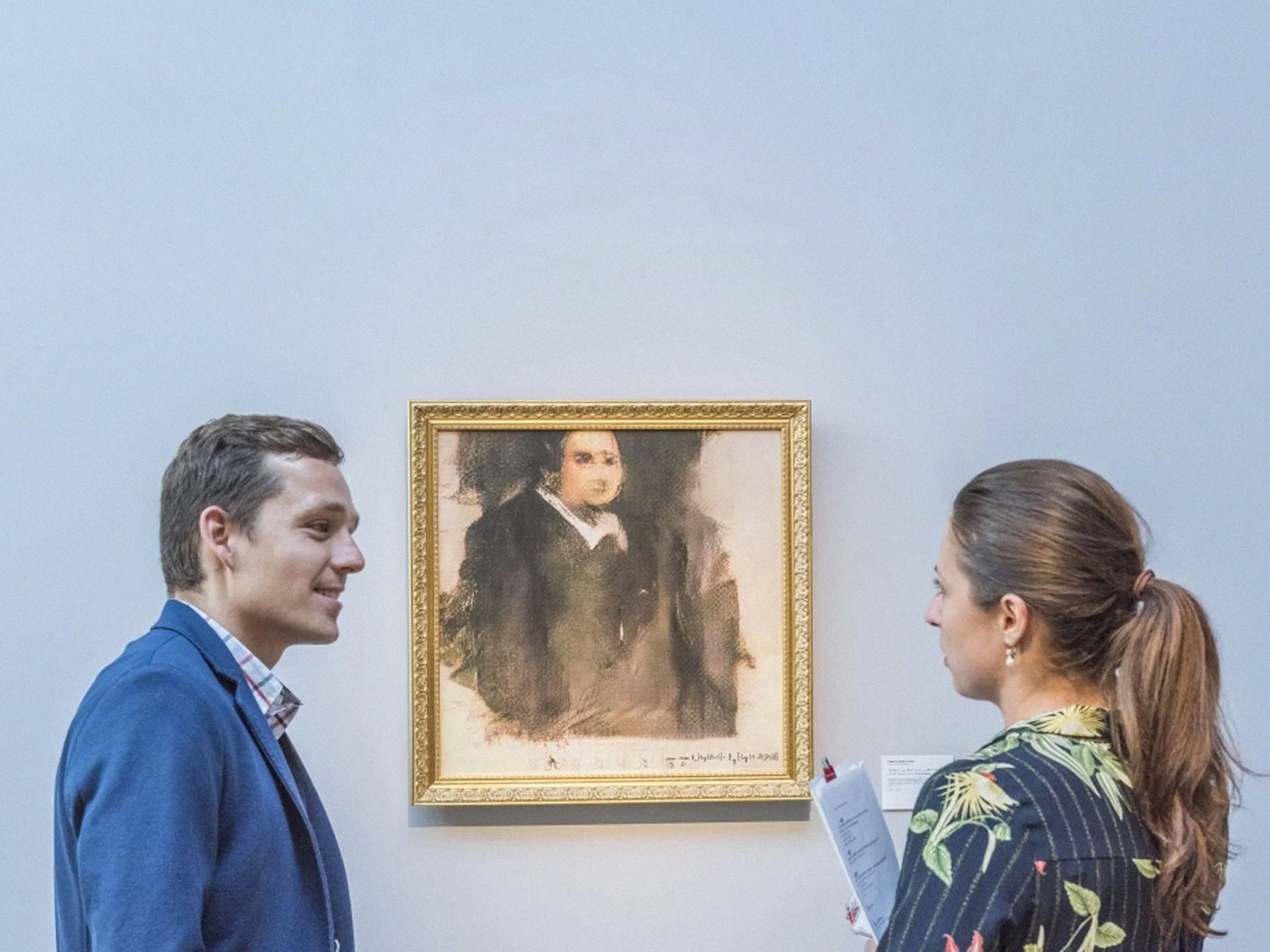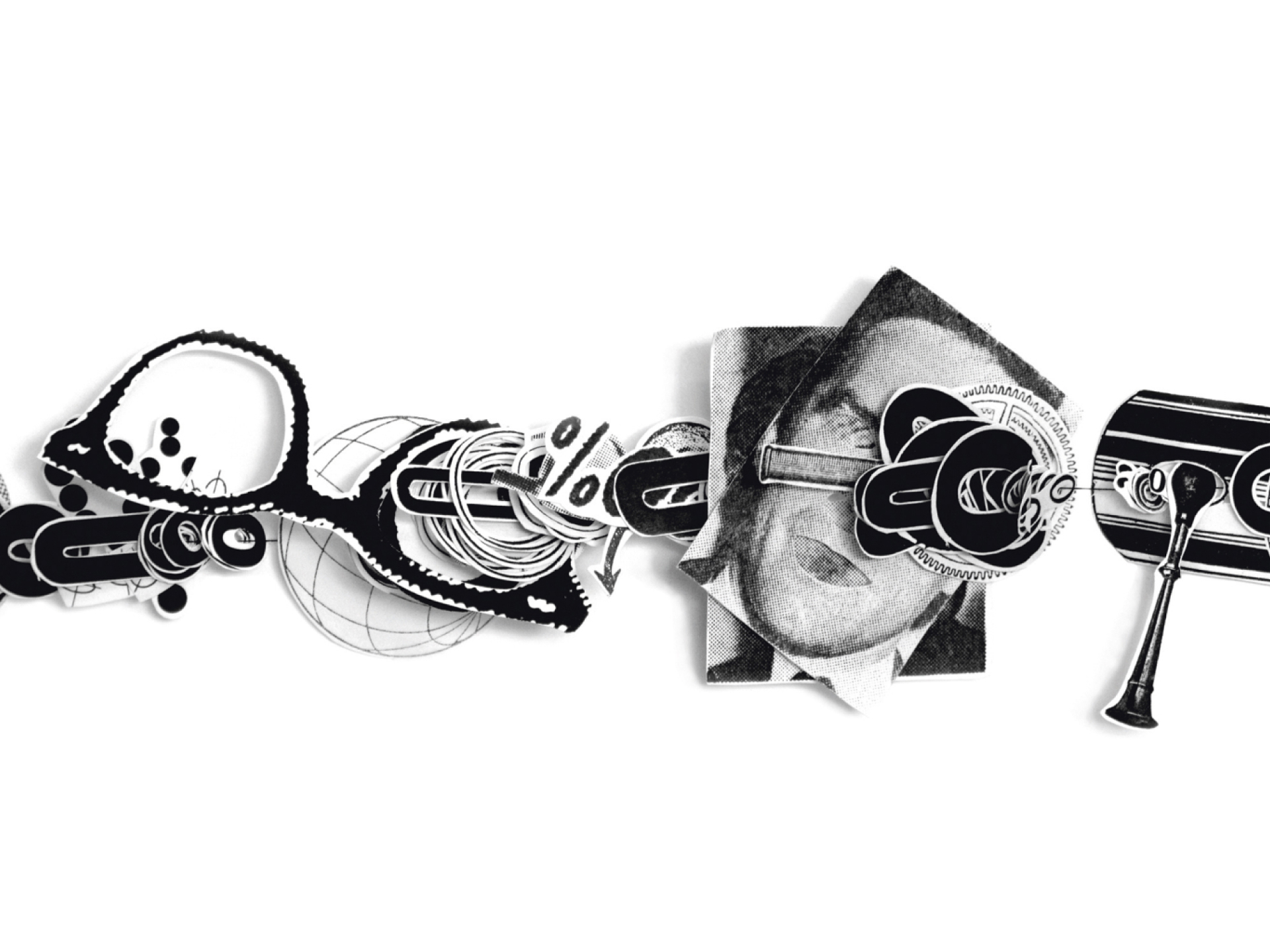Mario Klingemann and Albert Barqué-Duran
My Artificial Muse
2017
Klingemann used a stick figure modeled on Ophelia, then artist Albert Barqué-Duran painted the composite into a fresco.
From my perspective, the interesting part of these kinds of works is the constant role-switching and the question of who is pulling whose strings? The artist designs the experiment, then curates the image based on whatever message they’re trying to communicate. Up until this point, the machine might be considered the muse and the artist is in control. However, when the time comes to execute the artifact, it really begs the question of who’s the artist and who’s the muse. Who’s in control or does it matter?
By the way, the end result was supercool!
How can contemporary research, technology and art help us to see the classical artistic heritage with new eyes? “Muses” were the inspirational goddesses of literature, science, and the arts in Greek mythology. Can a computationally-generated Muse be as inspiring as a human-like one? By destroying the classic concept of a Muse, are we creating something more powerful? “My Artificial Muse” is a performance, which was Premièred at Sónar+D (Barcelona) and now on a World Tour, exploring how Artificial Intelligence can collaborate with humans in the creative and artistic processes. It is a disruptive project at the interface of art, science and technology. The human artist Albert Barqué-Duran performs a live-painting show using oil paintings, reproducing an artwork completely designed by an artificial neural network conceived by Mario Klingemann. Also, the artificial intelligent machine performs a mapping visual show on how it generates new paintings and showcases the computational creativity processes behind it. A generative soundtrack, produced by Marc Marzenit, is live-ensembled through a series of embodied sensors that follow the movements of the artist during the performance. This music set aims to immerse the audience in the development of the narrative. Each performance is unique. A new artificial muse computationally-created. A new classical muse live-painted. A new music set live-ensembled.
—Albert Barqué-Duran



